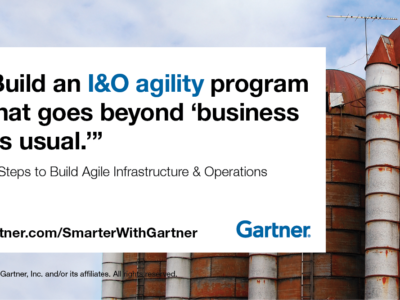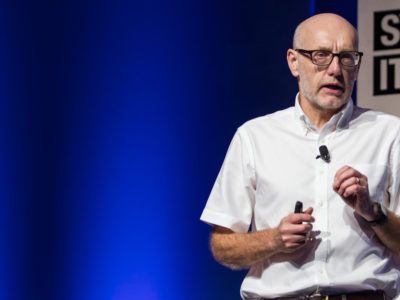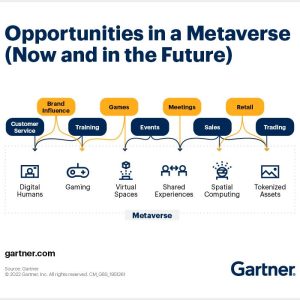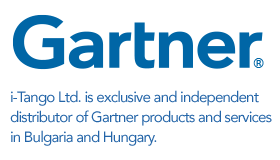Three principles to fund, measure and promote the impact of Mode 2.
Contributor: Jo Bennett
During a meeting, there’s an “a-ha” moment — a spark of innovation. “We could transform the customer experience if we…”
CIOs are familiar with both the opportunities and the challenges that can follow such moments. In a perfect bimodal IT world, where teams align around projects that are either 1) traditional and sequential or 2) exploratory and nonlinear, the Mode 2 team would be entrusted with learning, iterating and innovating. However, one challenge for CIOs is that Mode 2 projects are often seen as risky and uncertain. Enterprise budgets and priorities generally favor detailed plans and ROI calculations.
“CIOs should be prepared to change the thinking and help to develop a rapid process to fund Mode 2 projects that is not dependent on traditional business case processes,” said Jim McGittigan, research vice president at Gartner.
Start with small, low-cost projects
Agility is key to succeeding in the digital economy. Often, the real risk is waiting too long to act on ideas. Enterprises that are new to bimodal are generally advised to kick off Mode 2 with small projects (such as developing mobile apps). This approach gives teams time to build their Mode 2 skills and capabilities. From a finance and support perspective, starting with smaller projects that can quickly demonstrate the value of Mode 2 offers the following benefits:
- The CIO has the opportunity to quickly explore different funding and measurement mechanisms.
- The business gains understanding of the need for new funding and approval mechanisms.
Build an understanding of the value of Mode 2
CIOs should work with the CFO to reset the analysis of Mode 2 initiatives away from traditional, Mode 1 criteria (such as “on time” and “on budget”). For any Mode 2 project, think about:
- What opportunities does it offer the company to achieve strategic goals?
- How likely is it to deliver lasting competitive differentiation?
- How much excitement will it generate (inside and outside the company)?
- How much innovation and learning will it create?
“If the organization is wedded to ROI for all initiatives, it is culturally not ready for bimodal,” advised Mr. McGittigan.
Measure and communicate
When Jeff Bezos launched Amazon in 1994, he told investors that the company would become profitable within five years. Amazon didn’t turn a profit until 2001; but along the way, the company established the foundation of disruptive innovation and growth on which it continues to expand today. Amazon measured and promoted all its successes to internal and external stakeholders.
Mode 2 changes the way an enterprise operates. It helps businesses that are organized around static structures and processes operate with the agility of an innovative startup. As part of the overall funding strategy, CIOs should ensure that all business, IT and financial leaders clearly understand the transformative value of Mode 2 innovation. Done well, bimodal IT achieves increased agilityalong with decreased cost.
Gartner clients can read more about funding and bimodal strategies in How to Fund Mode 2 Initiatives in a Bimodal World.
CIOs can learn more at the Gartner CIO Leadership Forums taking place February 21 – 23 in Phoenix, AZ and March 7 – 9 in London, U.K. and the Gartner CIO & IT Executive Summits taking place June 6 – 7 in Munich, Germany and June 14 – 16 in Toronto, Canada. Follow news and updates from these events on Twitter at #GartnerCIO.
For more articles visit Smarter With Gartner website.










